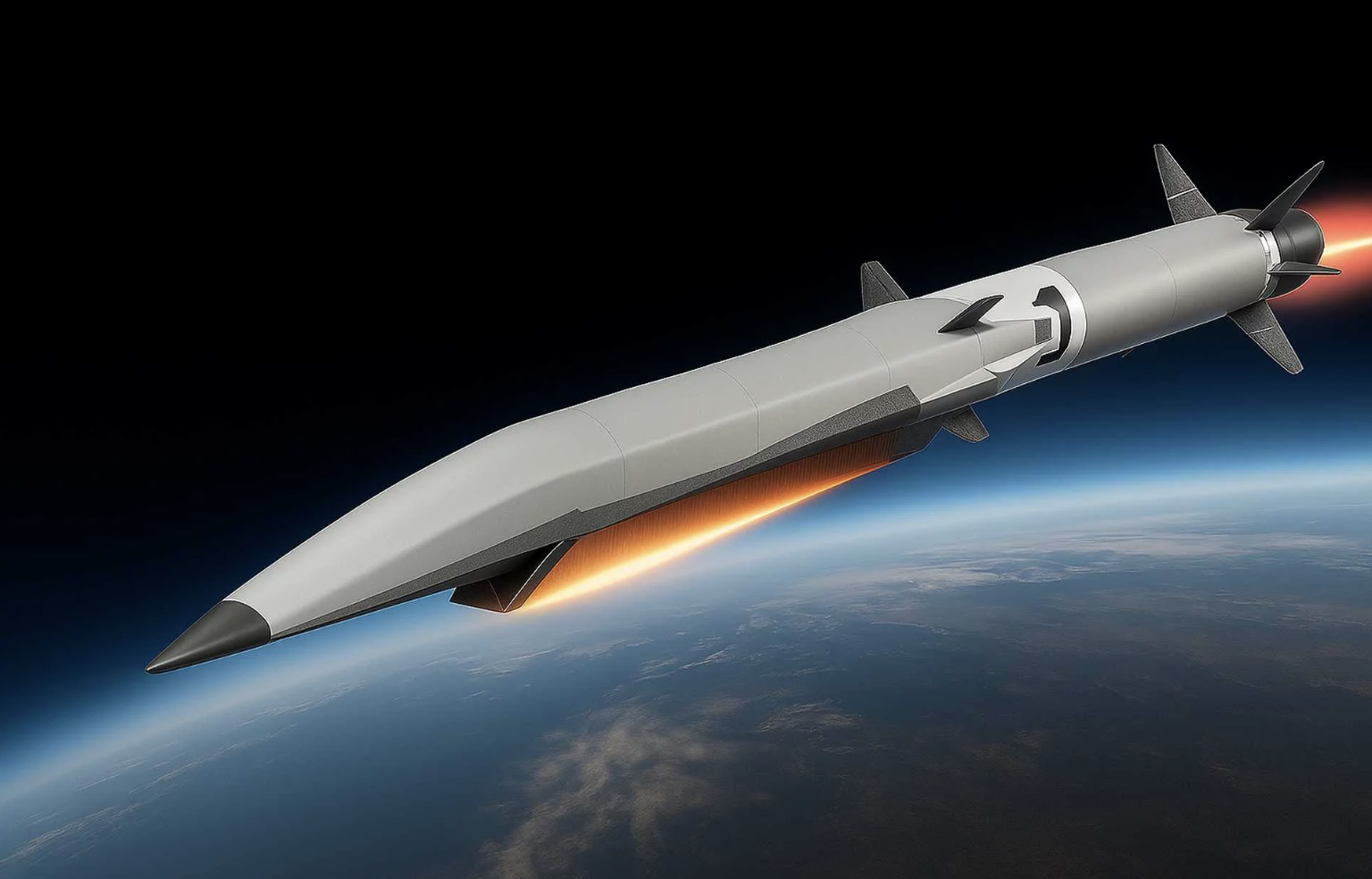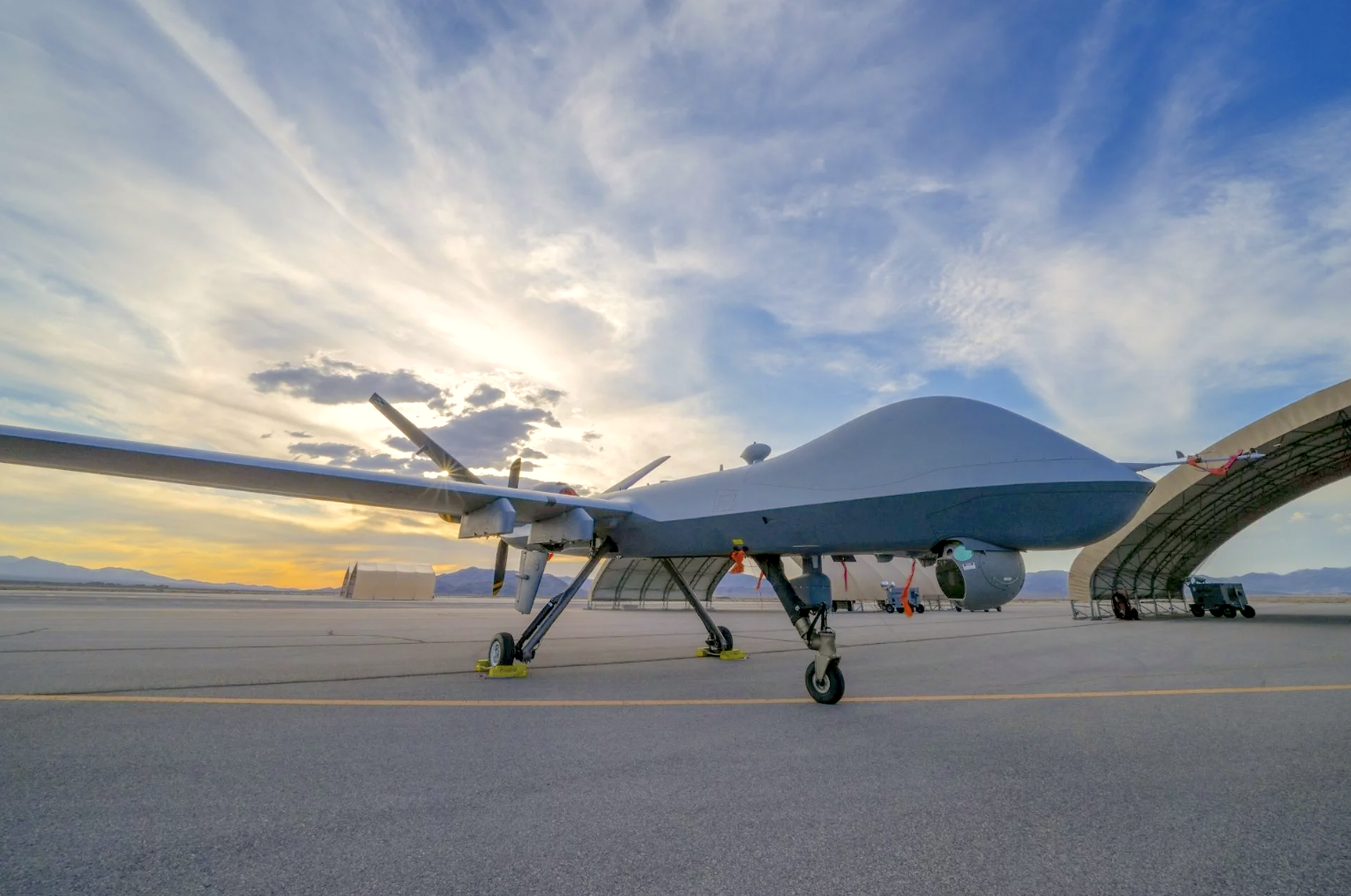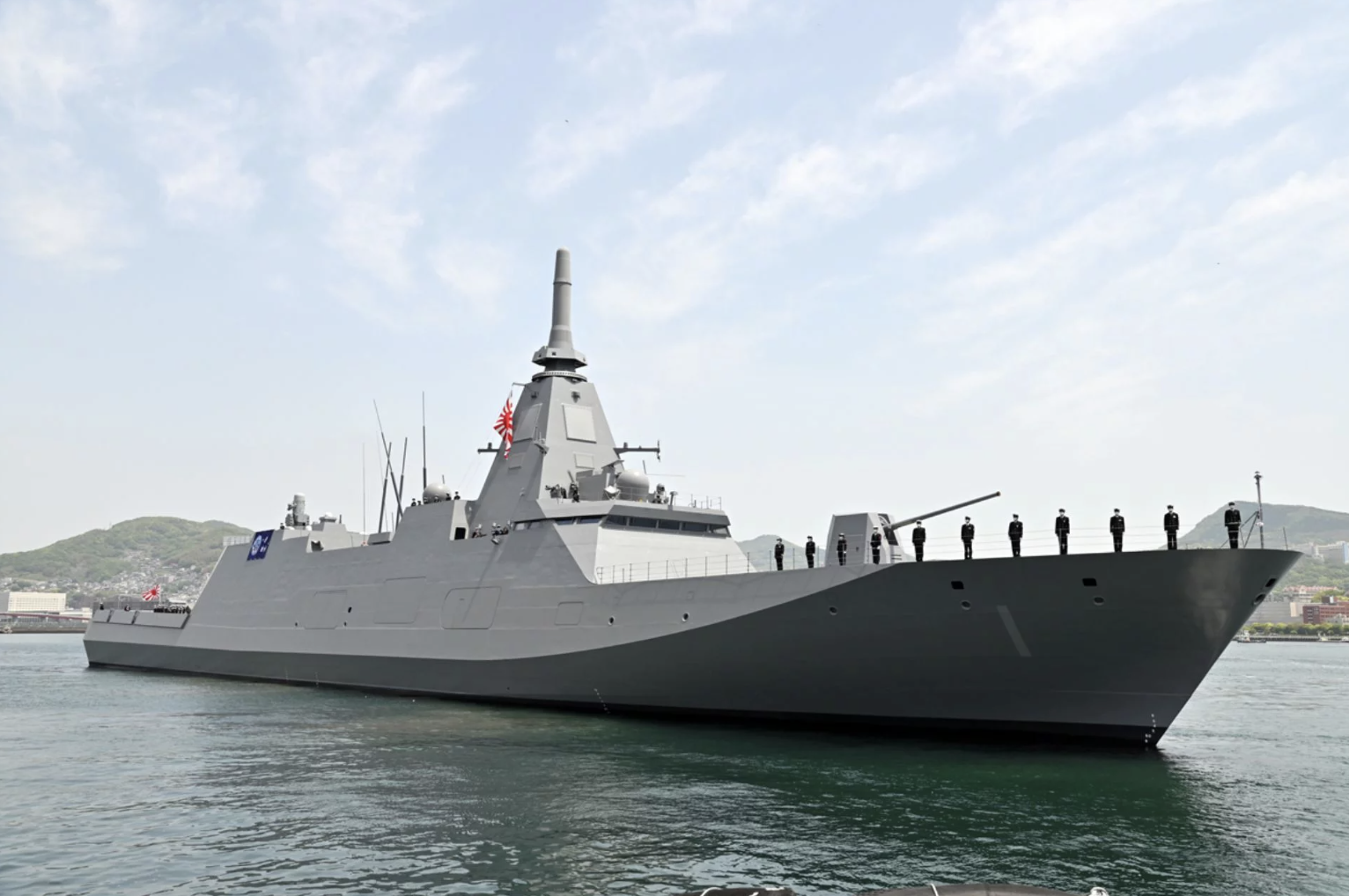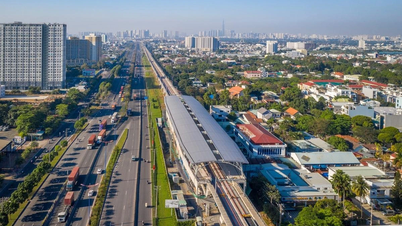World military news today (July 23) includes the following contents: India tests hypersonic cruise missile ET-LDHCM; US sends MQ-9A Reaper UAV to South Korea; Japan introduces upgraded Mogami-class missile frigate to Australia.
* India successfully tested the ET-LDHCM hypersonic cruise missile
On July 14, India successfully tested a hypersonic cruise missile called ET-LDHCM. According to The Economic Times, this is a missile developed entirely domestically by the Indian Defense Research and Development Organization (DRDO).
 |
| Simulation of India's ET-LDHCM hypersonic cruise missile. Photo: Army Recognition |
The missile reached a speed of Mach 8 (equivalent to about 9,900 km/h) and hit the target after being launched from a test range on the east coast of India. With a standard range of 1,500 km and can be extended to 2,500 km depending on the configuration, the ET-LDHCM missile has brought India into the group of countries possessing hypersonic cruise missile technology, along with the US, Russia and China.
ET-LDHCM uses a hypersonic jet engine that works by taking oxygen from the air to burn fuel. This allows the missile to maintain hypersonic speeds for long periods of time without carrying an oxidizer, thereby increasing fuel efficiency and reducing overall mass.
The testing process showed that the engine used for the ET-LDHCM missile is capable of withstanding temperatures of more than 2,000 degrees Celsius in real flight conditions. The missile body is made of high heat-resistant and anti-oxidation materials, combined with a special thermal coating jointly developed by DRDO and the Indian Ministry of Science and Technology . The above design also allows the missile to operate stably at high speeds and in harsh combat environments, including at sea.
ET-LDHCM is capable of carrying conventional or nuclear warheads weighing between 1,000 and 2,000 kg. The missile is equipped with an inertial navigation system (INS), combined with satellite correction via India's NavIC system or GPS system. Low-altitude flight and the ability to adjust its course make the missile more difficult to detect and intercept than traditional ballistic missiles.
* US sends MQ-9A Reaper UAV to South Korea
According to information reported by The Korea Times citing South Korean military officials, the US is preparing to deploy MQ-9A Reaper unmanned aerial vehicles (UAVs) to Gunsan Air Base, expected to begin in the second half of 2025. This will be the first time the MQ-9A Reaper UAVs will perform a regular rotational combat role in South Korea.
 |
| MQ-9A Reaper drone. Photo: US Department of Defense |
The MQ-9A Reaper is a multi-mission UAV developed by General Atomics Aeronautical Systems for the US Air Force. The original design of this UAV line was aimed at reconnaissance, surveillance and intelligence gathering, but has been expanded to include the function of performing precision strikes against mobile targets or targets that need to be destroyed immediately.
Equipped with multispectral sensors, synthetic aperture radar (SAR), thermal imaging cameras, electro-optical sensors, and laser target designation systems, the MQ-9A Reaper can perform a variety of tactical missions such as close-range fire support, precision weapons guidance, convoy escort, target designation for artillery or manned aircraft, and surveillance of special operations raids.
In terms of firepower, the MQ-9A Reaper is capable of carrying a payload of up to 3,750kg, including AGM-114 Hellfire missiles, GBU-12 Paveway II laser-guided bombs, GBU-38 JDAM smart bombs, as well as GBU-49 and GBU-54. This weapon system enables the MQ-9A Reaper to effectively destroy fortified or armored targets with high precision.
The MQ-9A has also been upgraded to extend its range, with an auxiliary fuel tank system and mixed-fuel injection technology, allowing it to operate at a range of more than 1,600 nautical miles. However, this UAV does not have an active defense system or armor protection, so it mainly relies on a high flight ceiling, remote control capabilities, and flexible operational tactics to avoid detection and interception.
* Japan introduces upgraded Mogami -class missile frigate to Australia
On July 21, in Canberra, Japanese representatives introduced to Australia an upgraded version of the Mogami-class missile frigate as part of a tender to supply new-generation warships to the Royal Australian Navy. This move is part of Tokyo's strategy to increase its presence in the Indo-Pacific region and promote trilateral defense cooperation with the US and Australia.
 |
| Mogami-class frigate. Photo: Japan Ministry of Defense |
The Mogami-class missile frigate (designated 30DX or 30FFM) was developed by Japan for the Japan Maritime Self-Defense Force (JMSDF), with a length of 133m and a full displacement of about 5,500 tons. The ship is equipped with a CODAG combined propulsion system, including a Rolls-Royce MT30 gas turbine propulsion engine and two MAN diesel engines, allowing a maximum speed of 30 knots.
With a highly automated design, the ship only requires about 90 sailors to operate, significantly saving on manpower costs. The ship's operations center applies panoramic display technology and augmented reality (AR), helping commanders make quick decisions in modern combat environments.
In terms of firepower, the ship is equipped with a 127mm Mk45 main gun, 8 Type-17 anti-ship missiles, a SeaRAM air defense system, two Type-12 3-barrel torpedo launchers, and the ability to deploy 16 Mk41 vertical launch tubes (VLS) to support many types of missiles. In addition, the ship can deploy SH-60L helicopters, underwater and surface unmanned vehicles, as well as be equipped with a NOLQ-3E electronic warfare system and decoys to deceive enemy missiles.
Australia’s naval modernisation programme aims to build 11 new frigates at a total cost of around A$10 billion. A decision on the type of ship will be made later this year, with the two main candidates being Japan’s upgraded Mogami and a German frigate.
LOYAL (synthesis)
* Today's World Military column on the People's Army Electronic Newspaper sends readers the latest information on world military security and defense activities in the past 24 hours.
Source: https://baolamdong.vn/quan-su-the-gioi-hom-nay-23-7-an-do-thu-nghiem-thanh-cong-ten-lua-hanh-trinh-sieu-vuot-am-et-ldhcm-383295.html






















![[Photo] Signing of cooperation between ministries, branches and localities of Vietnam and Senegal](https://vphoto.vietnam.vn/thumb/1200x675/vietnam/resource/IMAGE/2025/7/24/6147c654b0ae4f2793188e982e272651)














































































Comment (0)